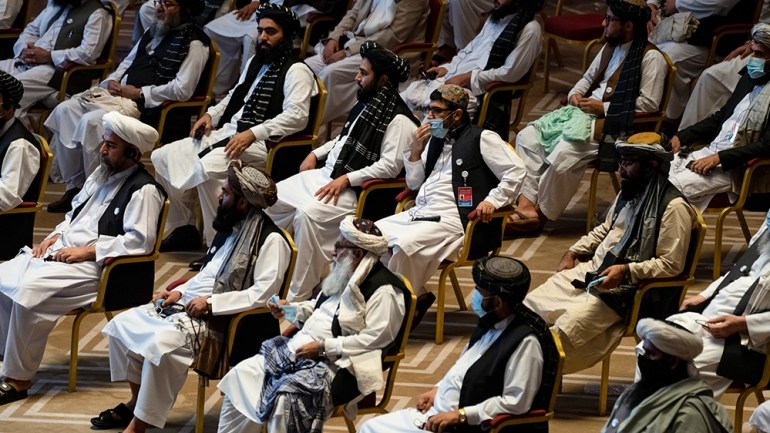Sorry for the delay folks.....
(460) 02-20-2021-to-02-26-2021___****THE****WINDS****of****WAR****
WAR - 02-20-2021-to-02-26-2021___****THE****WINDS****of****WAR****
(461) 02-27-2021-to-03-05-2021___****THE****WINDS****of****WAR****
WAR - 02-27-2021-to-03-05-2021___****THE****WINDS****of****WAR****
(462) 03-06-2021-to-03-12-2021___****THE****WINDS****of****WAR****
 www.timebomb2000.com
www.timebomb2000.com
--------------------------------------
Idiots.......
Posted for fair use.....
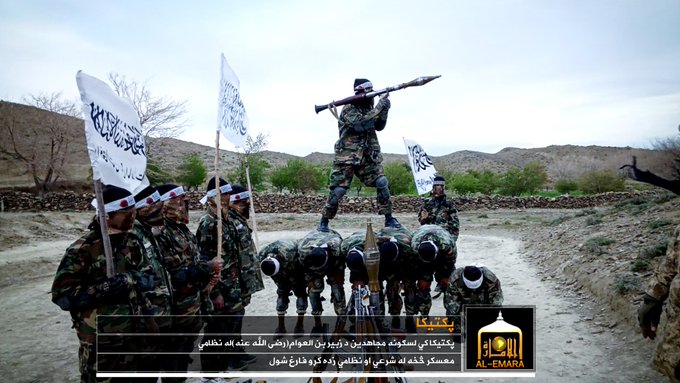
Latest U.S. proposal for ending Afghan conflict runs counter to Taliban beliefs
By Bill Roggio | March 12, 2021 | admin@longwarjournal.org | @billroggio
The United States recently drafted and proposed a plan to end the conflict in Afghanistan, but it featured several proposals that are diametrically opposed to the Taliban’s ideology, opening the door for it to be dismissed out of hand.
The so-called “peace plan” called for the current Afghan constitution to serve as the framework for a future constitution, elections, and power sharing – all of which have been flatly rejected by the Taliban in the past.
The plan, which was published by TOLONews, was reportedly sent on Feb. 28 to the Afghan government and the Taliban by Zalmay Khalilzad, the U.S. Special Representative for Afghanistan Reconciliation.
The proposal included three parts: the “Guiding Principles for Afghanistan’s Future,” a “Transitional Peace Government and Political Roadmap,” and a “Permanent and Comprehensive Ceasefire.”
In the first part, the plan called for using the current Afghan constitution as a “template” for the future constitution and elections. In the second part, the plan calls for a transitional “Peace Government” where the two sides of the conflict will share power. The Taliban has also previously rejected any attempt at a cease fire, which comprised the third part. All three are antithetical to the Taliban’s interpretation of Islam.
[Items in bold below are directly from the text of proposed agreement.]
“The 2004 Constitution will be the initial template from which the future Constitution will be prepared.“
The Taliban has outwardly rejected the Afghan constitution, and in the past has referred to it as a tool of “the stooge Kabul administration.” From a Taliban statement released on its official website, Voice of Jihad, in 2012:
“[The] Islamic Emirate of Afghanistan considers it necessary that [the] constitution must be based on principles of Islamic religion, national interests, historical achievements and social justice,” it continued. The Taliban has insisted that only Islamic scholars of its liking can draft a new constitution.
“The future Constitution will provide for free and fair elections for Afghanistan’s national political leadership in which all Afghan citizens have a right to participate. Ultimate authority to take decisions of paramount national importance will rest with the country’s elected government officials.”
The Taliban has been very clear that elections are against Islam. In June 2020, just three months after signing the Doha agreement with the U.S., the Taliban said that Afghan government officials are “the Deviants … who are trained in the poisonous deviant beliefs of atheism, communism, secularism, democracy, and other satanic western and disbelieving ideologies in order to mislead the Muslims with their deviant ideologies.”
“The Deviants are the people who work for the implementation of secularism and deviant laws instead of sharia [Islamic law],” the Taliban said.
The Taliban has rejected elections numerous times in the recent past. For instance, in Oct. 2018, it said it is a “religious duty” to oppose elections in any form, as elections have “no Islamic or Afghan essence.”
“In the end we must emphasize that the election process has no Islamic or Afghan essence but is a foreign plot to prolong occupation, mask military invasion and deceive the common mindset,” the Taliban argued. “Hence, it is the duty of every true Muslim and Afghan to nip this plot in the bud so that the invaders are disappointed in their plans and forced to withdraw from our homeland.”
The Taliban has been explicit that it will not accept the Afghan constitution or any form of government except for the return to power of the Islamic Emirate of Afghanistan – the formal name of its rule.
In March 2020, just one week after the Taliban signed the Doha agreement, it issued a religious decree calling for an “Islamic government” to be formed in Afghanistan. The Taliban uses the terms “Islamic government,” Islamic system, and the Islamic Emirate of Afghanistan interchangeably. This “Islamic government” is to be led by Taliban emir Mullah Haibatullah Akhundzada, the “lawful ruler” of Afghanistan.
“The agreement with the United States does not alter the status of the Islamic Emirate of Afghanistan’s supreme leader as the lawful ruler of Afghanistan,” the Taliban said in a statement written in Pashtu and published on Voice of Jihad.
In July 2020, Taliban emir Mullah Maibatullah said the Taliban is “on the threshold of establishing an Islamic government” and a “pure Islamic government” after two decades of fighting.
In Feb. 2021, the Taliban called for the return of the Islamic Emirate of Afghanistan.
“[T]his corrupt and illegitimate regime [the Afghan government] that lacks all domestic and international legitimacy must be replaced with an Islamic government, concerning which the declaration of Islamic Emirate is on point …” the Taliban said.
“All appointments to the Peace Government shall be made according to the principle of equity between the two Parties to this Agreement…“
This part of the agreement would call for the Taliban to share power with the Afghan government, something the Taliban has stated it would never do. For instance, in Jan. 2016, the Taliban said it has not waged jihad for decades “for the sake of some silly ministerial posts or a share of the power.”
It has stated that elections stand in opposition to Islam and thus the Taliban’s desired system of governance. It has said sharing power with a government that it has called “illegitimate,” “impotent,” a “puppet” and “stooge” of the West – and most importantly, “un-Islamic” is unacceptable. None of these stances are new.
One week after Khalilzad’s proposal was made public, the Taliban has yet to publicly comment on it, which should give an indication as to how seriously the group is considering it. Read: Likely not at all.
Bill Roggio is a Senior Fellow at the Foundation for Defense of Democracies and the Editor of FDD's Long War Journal.
(460) 02-20-2021-to-02-26-2021___****THE****WINDS****of****WAR****
WAR - 02-20-2021-to-02-26-2021___****THE****WINDS****of****WAR****
(461) 02-27-2021-to-03-05-2021___****THE****WINDS****of****WAR****
WAR - 02-27-2021-to-03-05-2021___****THE****WINDS****of****WAR****
(462) 03-06-2021-to-03-12-2021___****THE****WINDS****of****WAR****
WAR - 03-06-2021-to-03-12-2021___****THE****WINDS****of****WAR****
(459) 02-13-2021-to-02-19-2021___****THE****WINDS****of****WAR**** WAR - 02-13-2021-to-02-19-2021___****THE****WINDS****of****WAR**** (460)...
--------------------------------------
Idiots.......
Posted for fair use.....

Latest U.S. proposal for ending Afghan conflict runs counter to Taliban beliefs
The plan called for the current Afghan constitution to serve as the framework for a future constitution, elections, and power sharing, all of which have been flatly rejected by the Taliban in the past.
www.longwarjournal.org
Latest U.S. proposal for ending Afghan conflict runs counter to Taliban beliefs
By Bill Roggio | March 12, 2021 | admin@longwarjournal.org | @billroggio
The United States recently drafted and proposed a plan to end the conflict in Afghanistan, but it featured several proposals that are diametrically opposed to the Taliban’s ideology, opening the door for it to be dismissed out of hand.
The so-called “peace plan” called for the current Afghan constitution to serve as the framework for a future constitution, elections, and power sharing – all of which have been flatly rejected by the Taliban in the past.
The plan, which was published by TOLONews, was reportedly sent on Feb. 28 to the Afghan government and the Taliban by Zalmay Khalilzad, the U.S. Special Representative for Afghanistan Reconciliation.
The proposal included three parts: the “Guiding Principles for Afghanistan’s Future,” a “Transitional Peace Government and Political Roadmap,” and a “Permanent and Comprehensive Ceasefire.”
In the first part, the plan called for using the current Afghan constitution as a “template” for the future constitution and elections. In the second part, the plan calls for a transitional “Peace Government” where the two sides of the conflict will share power. The Taliban has also previously rejected any attempt at a cease fire, which comprised the third part. All three are antithetical to the Taliban’s interpretation of Islam.
[Items in bold below are directly from the text of proposed agreement.]
“The 2004 Constitution will be the initial template from which the future Constitution will be prepared.“
The Taliban has outwardly rejected the Afghan constitution, and in the past has referred to it as a tool of “the stooge Kabul administration.” From a Taliban statement released on its official website, Voice of Jihad, in 2012:
At the Moscow conference in Nov. 2018, the Taliban said that the Afghan constitution “has been copied from the West and has been imposed on Afghanistan’s Muslim society under the shadow of occupation.”“[T]he Islamic Emirate has been engaged in a struggle and Jihad for the past one and a half decade to establish an Islamic government … It is for this purpose and for bringing about peace and stability in Afghanistan that we have increased our political efforts to come to mutual understanding with the world in order to solve the current ongoing situation.”
“But this understanding does not mean a surrender from Jihad and neither is it connected to an acceptance of the constitution of the stooge Kabul administration but rather the Islamic Emirate is utilizing its political wing alongside its military presence and Jihad in order to realize the national and Islamic aspirations of the nation and its martyrs.”
“[The] Islamic Emirate of Afghanistan considers it necessary that [the] constitution must be based on principles of Islamic religion, national interests, historical achievements and social justice,” it continued. The Taliban has insisted that only Islamic scholars of its liking can draft a new constitution.
“The future Constitution will provide for free and fair elections for Afghanistan’s national political leadership in which all Afghan citizens have a right to participate. Ultimate authority to take decisions of paramount national importance will rest with the country’s elected government officials.”
The Taliban has been very clear that elections are against Islam. In June 2020, just three months after signing the Doha agreement with the U.S., the Taliban said that Afghan government officials are “the Deviants … who are trained in the poisonous deviant beliefs of atheism, communism, secularism, democracy, and other satanic western and disbelieving ideologies in order to mislead the Muslims with their deviant ideologies.”
“The Deviants are the people who work for the implementation of secularism and deviant laws instead of sharia [Islamic law],” the Taliban said.
The Taliban has rejected elections numerous times in the recent past. For instance, in Oct. 2018, it said it is a “religious duty” to oppose elections in any form, as elections have “no Islamic or Afghan essence.”
“In the end we must emphasize that the election process has no Islamic or Afghan essence but is a foreign plot to prolong occupation, mask military invasion and deceive the common mindset,” the Taliban argued. “Hence, it is the duty of every true Muslim and Afghan to nip this plot in the bud so that the invaders are disappointed in their plans and forced to withdraw from our homeland.”
The Taliban has been explicit that it will not accept the Afghan constitution or any form of government except for the return to power of the Islamic Emirate of Afghanistan – the formal name of its rule.
In March 2020, just one week after the Taliban signed the Doha agreement, it issued a religious decree calling for an “Islamic government” to be formed in Afghanistan. The Taliban uses the terms “Islamic government,” Islamic system, and the Islamic Emirate of Afghanistan interchangeably. This “Islamic government” is to be led by Taliban emir Mullah Haibatullah Akhundzada, the “lawful ruler” of Afghanistan.
“The agreement with the United States does not alter the status of the Islamic Emirate of Afghanistan’s supreme leader as the lawful ruler of Afghanistan,” the Taliban said in a statement written in Pashtu and published on Voice of Jihad.
In July 2020, Taliban emir Mullah Maibatullah said the Taliban is “on the threshold of establishing an Islamic government” and a “pure Islamic government” after two decades of fighting.
In Feb. 2021, the Taliban called for the return of the Islamic Emirate of Afghanistan.
“[T]his corrupt and illegitimate regime [the Afghan government] that lacks all domestic and international legitimacy must be replaced with an Islamic government, concerning which the declaration of Islamic Emirate is on point …” the Taliban said.
“All appointments to the Peace Government shall be made according to the principle of equity between the two Parties to this Agreement…“
This part of the agreement would call for the Taliban to share power with the Afghan government, something the Taliban has stated it would never do. For instance, in Jan. 2016, the Taliban said it has not waged jihad for decades “for the sake of some silly ministerial posts or a share of the power.”
Again, the Taliban has been very clear in its public statements that it would settle for nothing less than the re-establishment of the Islamic Emirate of Afghanistan, with Mullah Haibatullah as its leader.The Islamic Emirate has not readily embraced this death and destruction for the sake of some silly ministerial posts or a share of the power. On the contrary they epitomize the nation’s hopes and aspirations for a just and peaceful government that will strive to build our beloved nation on the basis of Islamic law, social justice and national interests.
The people of Afghanistan readily sacrifice their sons to achieve this objective. And the Emirate – as the true representative of our people – will not end its peaceful and armed endeavors until we have achieved this hope of Afghanistan.
It has stated that elections stand in opposition to Islam and thus the Taliban’s desired system of governance. It has said sharing power with a government that it has called “illegitimate,” “impotent,” a “puppet” and “stooge” of the West – and most importantly, “un-Islamic” is unacceptable. None of these stances are new.
One week after Khalilzad’s proposal was made public, the Taliban has yet to publicly comment on it, which should give an indication as to how seriously the group is considering it. Read: Likely not at all.
Bill Roggio is a Senior Fellow at the Foundation for Defense of Democracies and the Editor of FDD's Long War Journal.









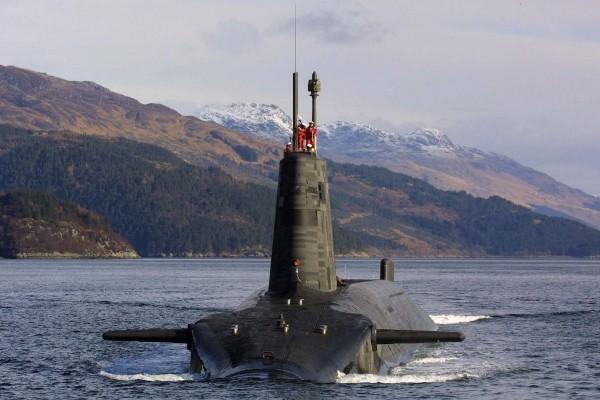

/cloudfront-us-east-1.images.arcpublishing.com/mco/C5KKPXSDQRHDLN26S24HSXY7LQ.jpg)
/cloudfront-us-east-1.images.arcpublishing.com/mco/4AIOMCFFVJCXPFMD4Y6YNSK6QY.jpg)




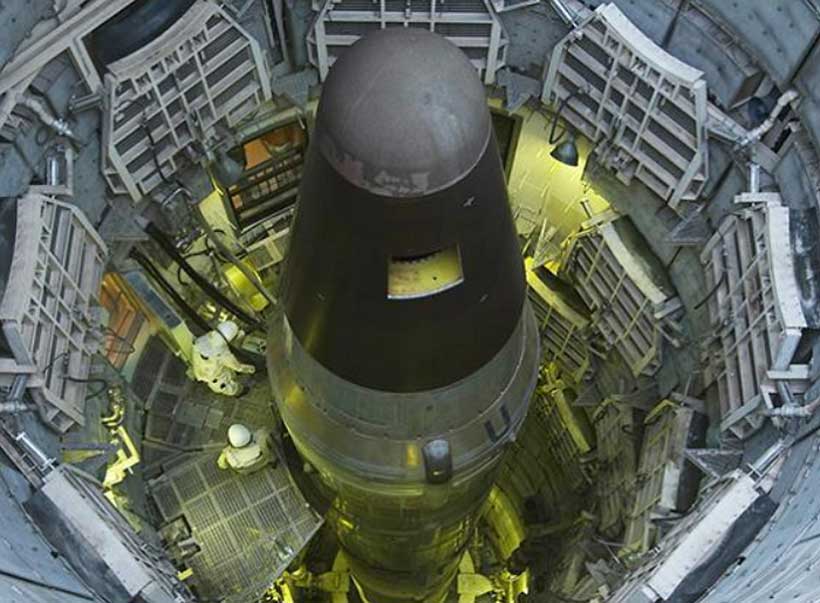

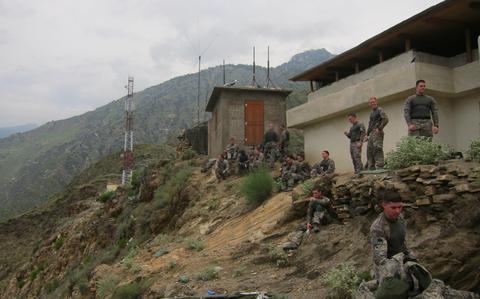
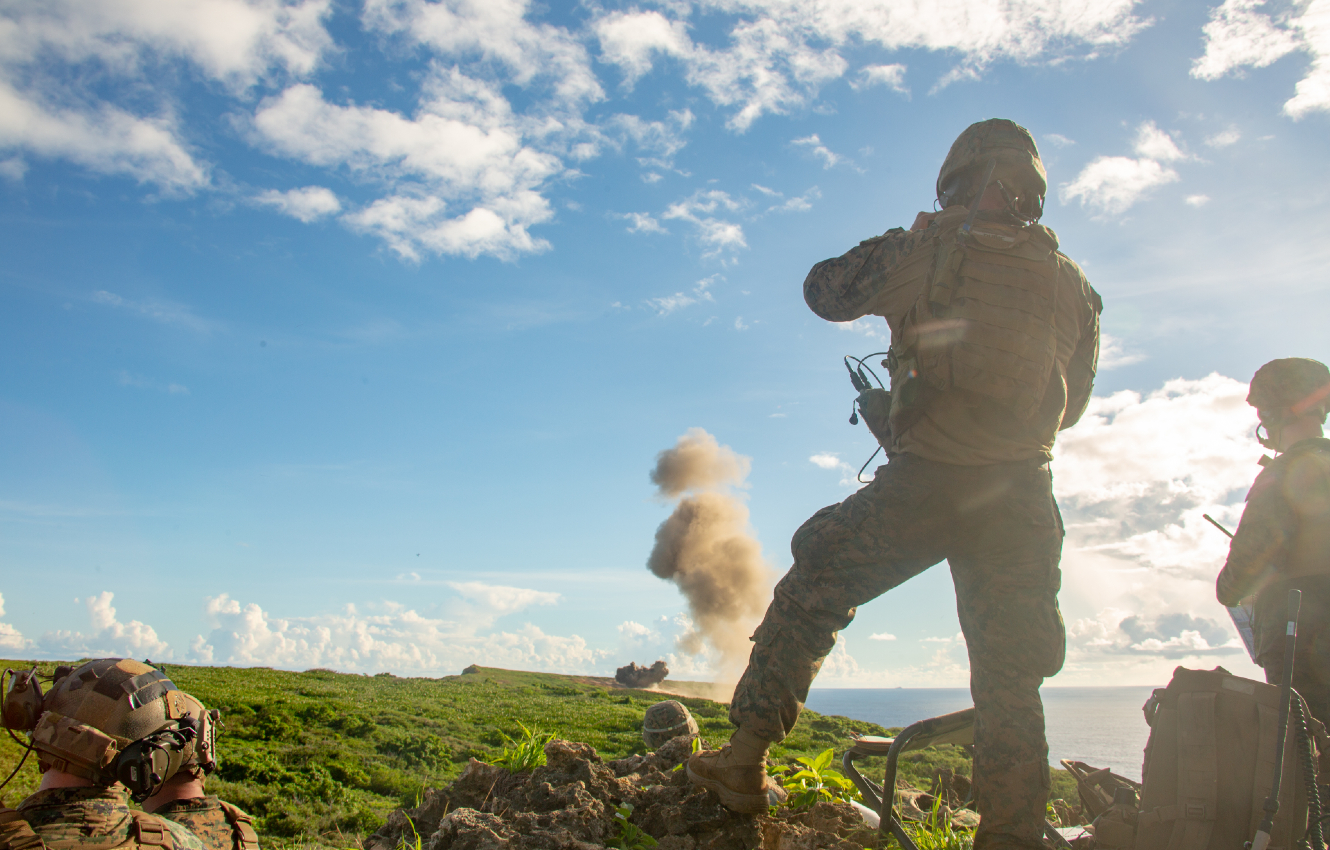






/cloudfront-us-east-1.images.arcpublishing.com/mco/R7AD63TX2NGKXLGKHXCNGHU3OQ.jpg)
/cloudfront-us-east-1.images.arcpublishing.com/mco/CLHSDYTMTNA6TOHSEYRJ22T5EY.jpg)
/cloudfront-us-east-1.images.arcpublishing.com/mco/LXUFMUTBWJEBTA54ICOJ2CLMTU.jpg)
/cloudfront-us-east-1.images.arcpublishing.com/mco/C5KKPXSDQRHDLN26S24HSXY7LQ.jpg)
/cloudfront-us-east-1.images.arcpublishing.com/mco/WZZBO4ALVFHF5JY5YAMTD4YZZU.jpg)

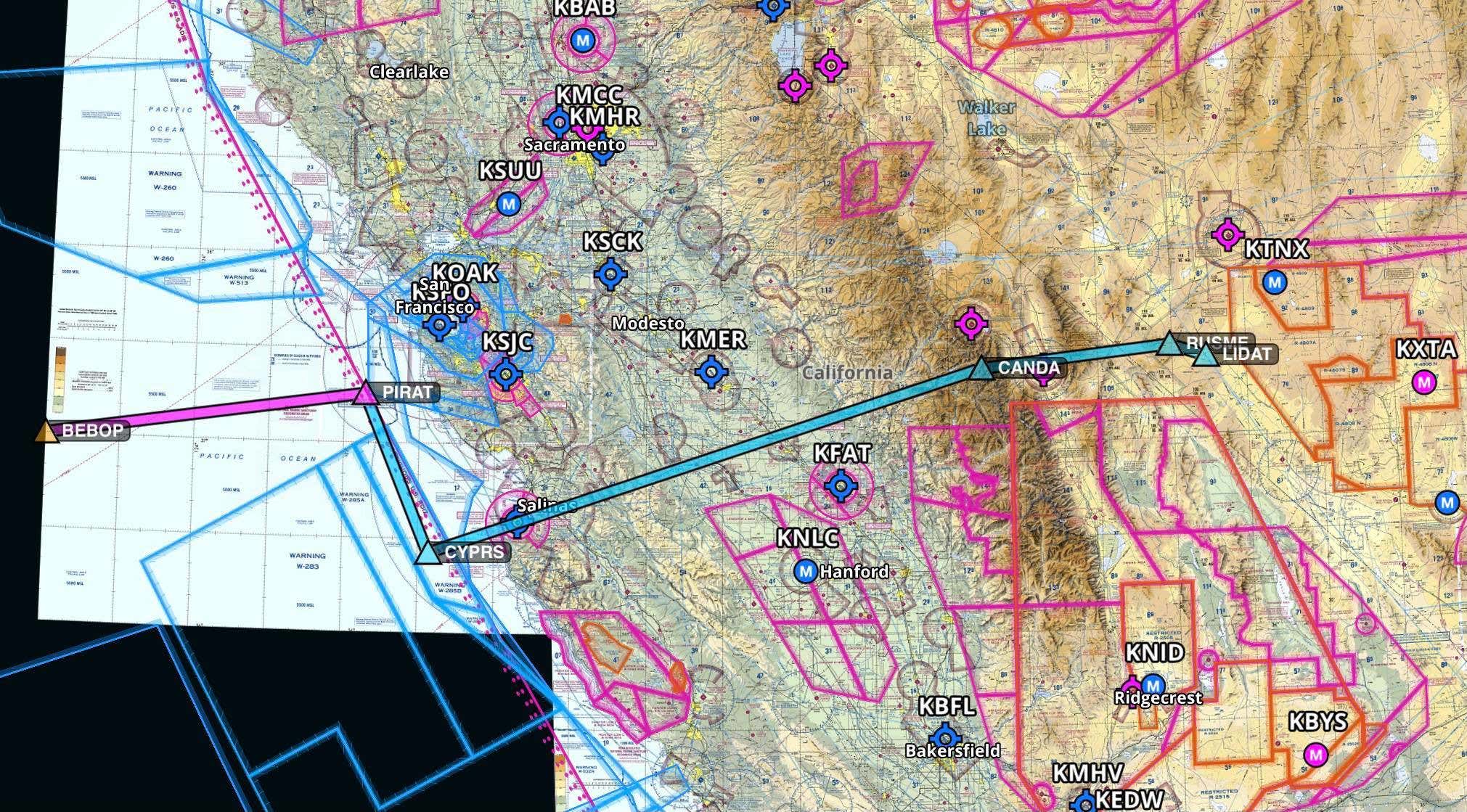





/cdn.vox-cdn.com/uploads/chorus_image/image/68980275/993821688.0.jpg)
:no_upscale()/cdn.vox-cdn.com/uploads/chorus_asset/file/22372661/1231622825.jpg)





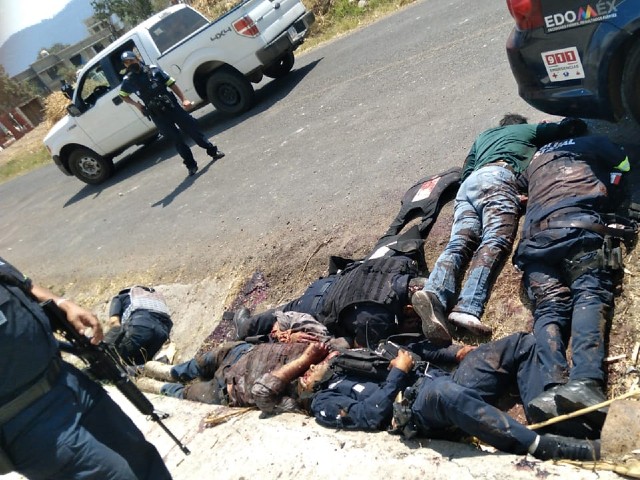



/cloudfront-us-east-1.images.arcpublishing.com/mco/RATLH5ITMFALPGQYNFKGHCOZJQ.jpg)




![Suhail Shaheen, a member of the Taliban's negotiation team, speaks during a news conference in Moscow on Friday [Alexander Zemlianichenko via Reuters] Suhail Shaheen, a member of the Taliban's negotiation team, speaks during a news conference in Moscow on Friday [Alexander Zemlianichenko via Reuters]](https://www.aljazeera.com/wp-content/uploads/2021/03/taliban.jpg?resize=770%2C513)
